From 2017-2019, I played a series of concerts in the USA and UK supporting my solo album The Oxygen Girl. One of my favorite songs from that album is "The British Invisible Mending Service" – named after an actual shop on Thayer Street in London's West End.
Several years before I wrote the song, I'd bought a hand-crank Singer sewing machine while on tour in the UK at a charity shop in Hebden Bridge. It had belonged to a woman volunteering at the shop whose parents had given her the machine for her sixteenth birthday. She went on to use it in her professional life as a seamstress. She made mostly coats and that machine was able to handle the thick wool of the coats she made. Here it is, below!
I actually took the sewing machine back to the USA on the airplane, swaddling the machine carefully inside my clothes in my checked luggage and carrying its empty case on the plane. The stewards were completely taken with the case emblazoned with “SINGER” and talked about their mothers and grandmothers making clothes and quilts on a Singer.
From the time I bought the machine, I knew I wanted to sing with it onstage using it as a kind of percussion or drone instrument. When I imagined so many women in my family down the years singing while they made clothes or quilted, I knew I had to do something like that in my show.
I wrote and recorded the song in the later winter of 2016 in Los Angeles after I’d seen the storefront of The British Invisible Mending Service on a visit to London in September. When I began rehearsing for my concerts in 2017, I’d by that time moved to Britain and I didn’t have my Hebden Bridge Singer machine (which was back in Nashville).
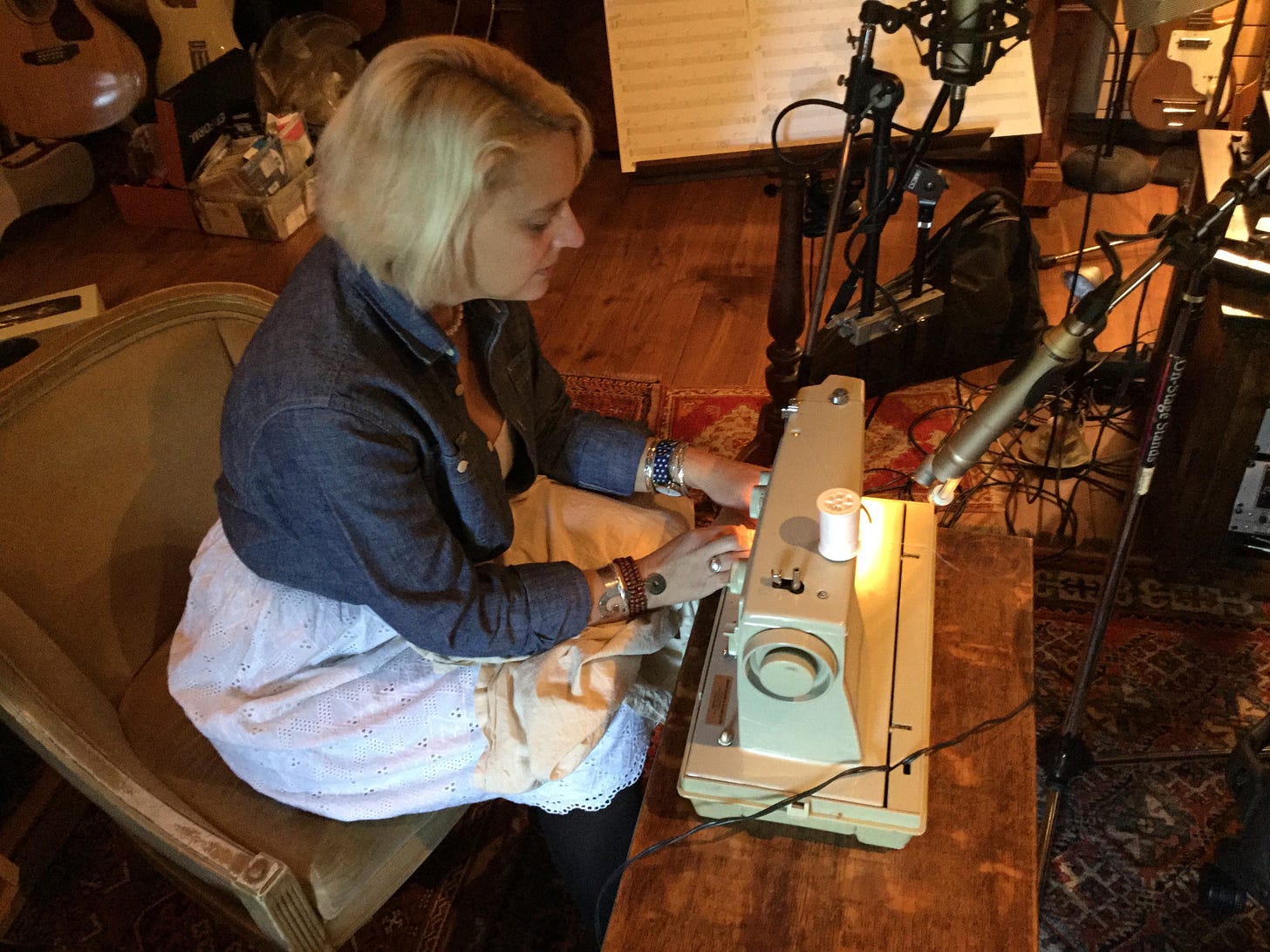
So, I went on the hunt for another hand-crank Singer and found one in Rye in Kent at Quay Antiques where a gentleman used to keep lots of restored hand-crank sewing machines. I remember cranking and listening to different ones and the staff there having a great time – at first thinking I was a bit nuts and then really getting into the “tone” of sewing machines themselves.
The one that I chose was made by Singer in 1872 on Jones Street in Glasgow. It was only the second year that Singer manufactured machines in Scotland. I really get a kick out of singing with a machine that is 145 years old!
In the video of the performance you’re seeing here, my thread breaks which required some fast re-threading and singing assistance from my audience in Beverley, Yorkshire, England. Luckily, Beverley was one of the first places I played when I started touring the UK in 2009, so I have some longtime fans there. Though they’d never heard this song before, they jumped right in.
When I decided I wanted to sing with my machine, I also decided I didn’t just want to crank it for the sake of it. So, I gave some thought to what I could make in the time that it took me to sing the song and what would make sense to make. For years I’d been making keepers for tissues as gifts for friends and family. And since my song is about mending broken hearts, it seemed fitting to make a tissue keeper. At the end of the song, I give the keeper to someone in the audience.
I remember playing this song back home in Tazewell County, Virginia, and handing the tissue keeper to my Aunt Katherine (my grandmother’s sister). She was just starting to loose her memory at that time and I remember her being so pleased. She kept that little packet of tissues in her purse until she passed away. I’ve just heard from my friend Amity also in Virginia who still has her keeper, too! It seems there are little relics of this performance from Los Angeles to Maryland to England.
When I took my sewing machine on the road for the next three years and then after the lockdown period, too, I loved the reaction I would get from stage. At the Didmarton Bluegrass Festival, I called the sewing machine the first bluegrass instrument because the women in the mountains who kept the words and tunes of the old ballads also did the sewing like my Aunt Fannie who made clothes for her children and her greater family from feed sacks, flour sacks, and chop sacks.
At Didmarton and a festival I played in Norfolk, I sat my folding table and sewing machine up in the festival grounds. I especially loved how children were curious about it. Some of them had never seen a sewing machine, much less one that worked without electricity. They couldn’t believe their eyes when I helped them to crank it and make stitches. One man had torn his shorts hiking and asked if I’d mend them which I did. It was a complete joy to share the marvel of the sewing machine with everyone.
When I played a house concert in Arlington, Virginia, a man from the audience came up to me afterward and said he was a professional magician. He did shows for parties and corporate events. He said what he did were magic tricks, but what I did was real magic – to sing my own song and sew something useful all in about four minutes. I think that’s one of the best reviews I’ve ever had.
I can’t imagine doing a concert without my machine. It travels with me now and “playing” my Singer has become essential to my musical joy.
I hope you’ve enjoyed this behind-the-scenes look at my song and my idea to sew and sing in my shows! Thanks for reading and listening.
Your friend,
Jeni
P.S. You can share this song with friends who aren’t on Substack by sharing this letter with them or sending them this YouTube link. You can purchase the song or the whole album in my shop!
The British Invisible Mending Service
© 2016 Jeni Hankins, Graham Frear
When only proper invisible mending will do, my lovelorn friend,
try thirty-two Thayer Street in London – in London’s famous West End.
The British Invisible Mending Service, with tears they are discreet.
They’ll mend your broken heart with threads picked from your sleep.
The warp and the weft will hide all signs of pain
when the professional menders have worked their magic again.
Alterations and repairs of the extraordinary kind.
No heart too broken, they mend them all.
They mend them all in time.
When only proper invisible mending will do, my lovelorn friend,
try thirty-two Thayer Street in London. In London’s famous West End.
The British Invisible Mending Service receives the widest acclaim
for their old fashioned methods on hearts with dire complaints.
However torn and tattered the threads of your love may be,
they’ll weave your dreams together with seamless alchemy.
Try thirty-two Thayer Street in London – in London’s famed West End.You can find me with my music and sewing plus my secondhand finds and doll and bear hospital on Facebook and Instagram nearly every day. I enjoy keeping in touch and making new friends there. You can always reach me by replying to this letter or commenting.
You can find my music on all of the usual streaming services and in my very own shop where you can hear and stream all of my songs and buy my albums – physical with booklets or digital.
You can find me on YouTube and you can also hear my former duo Jeni & Billy.
See you later in September for the next song!
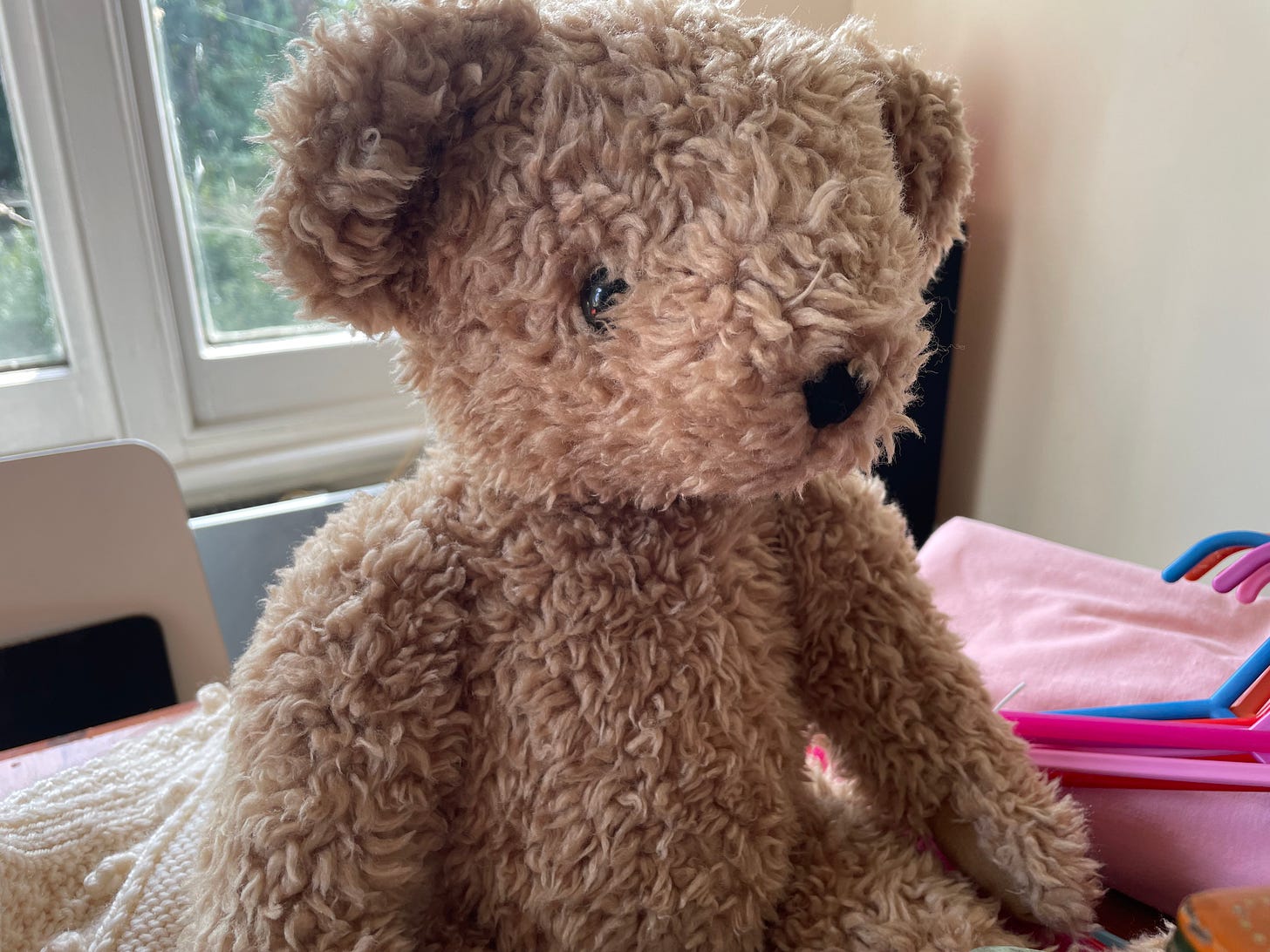
A tip for the musical tip jar is always appreciated and used for things like harmonicas, crayons, and bear adoptions. Thank you!



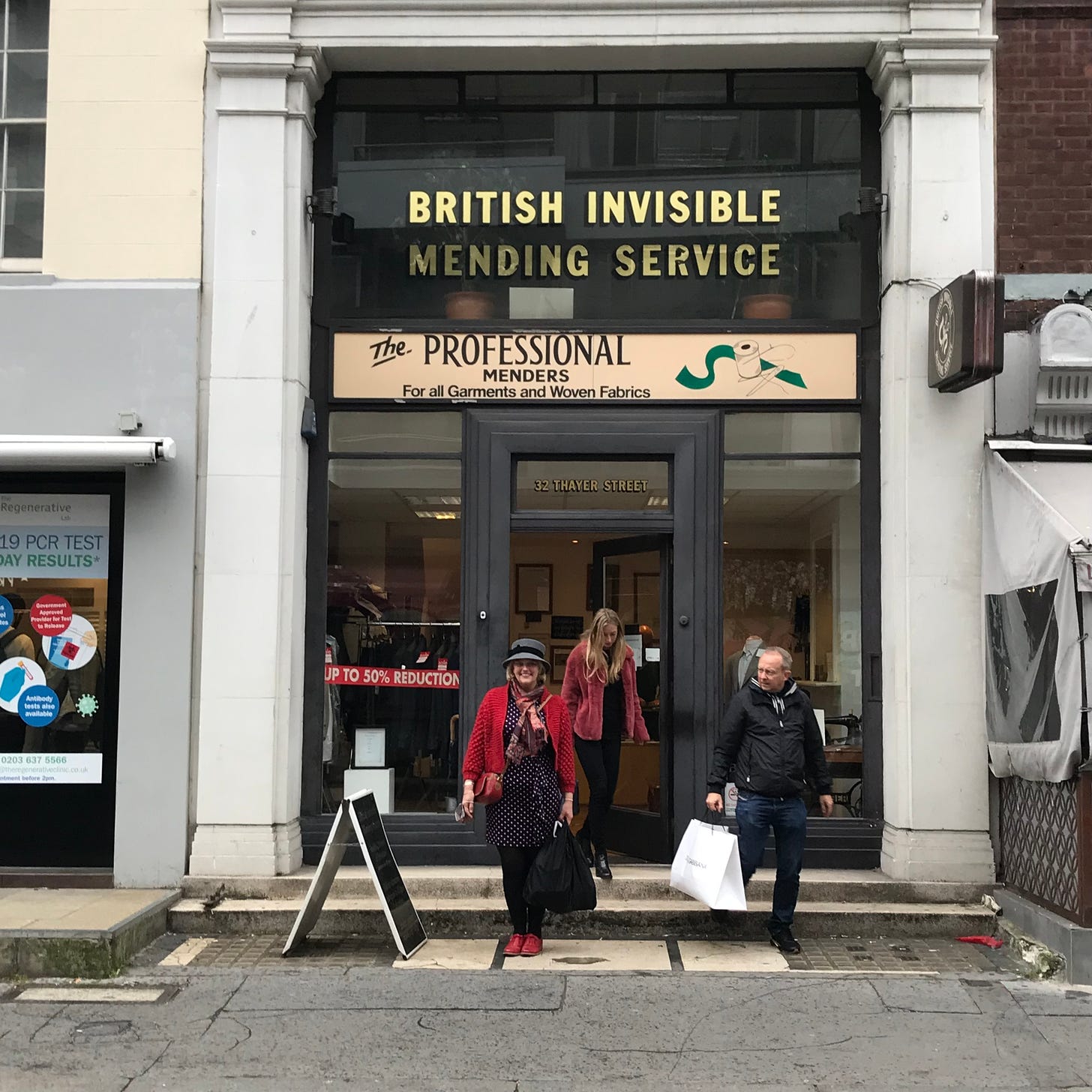
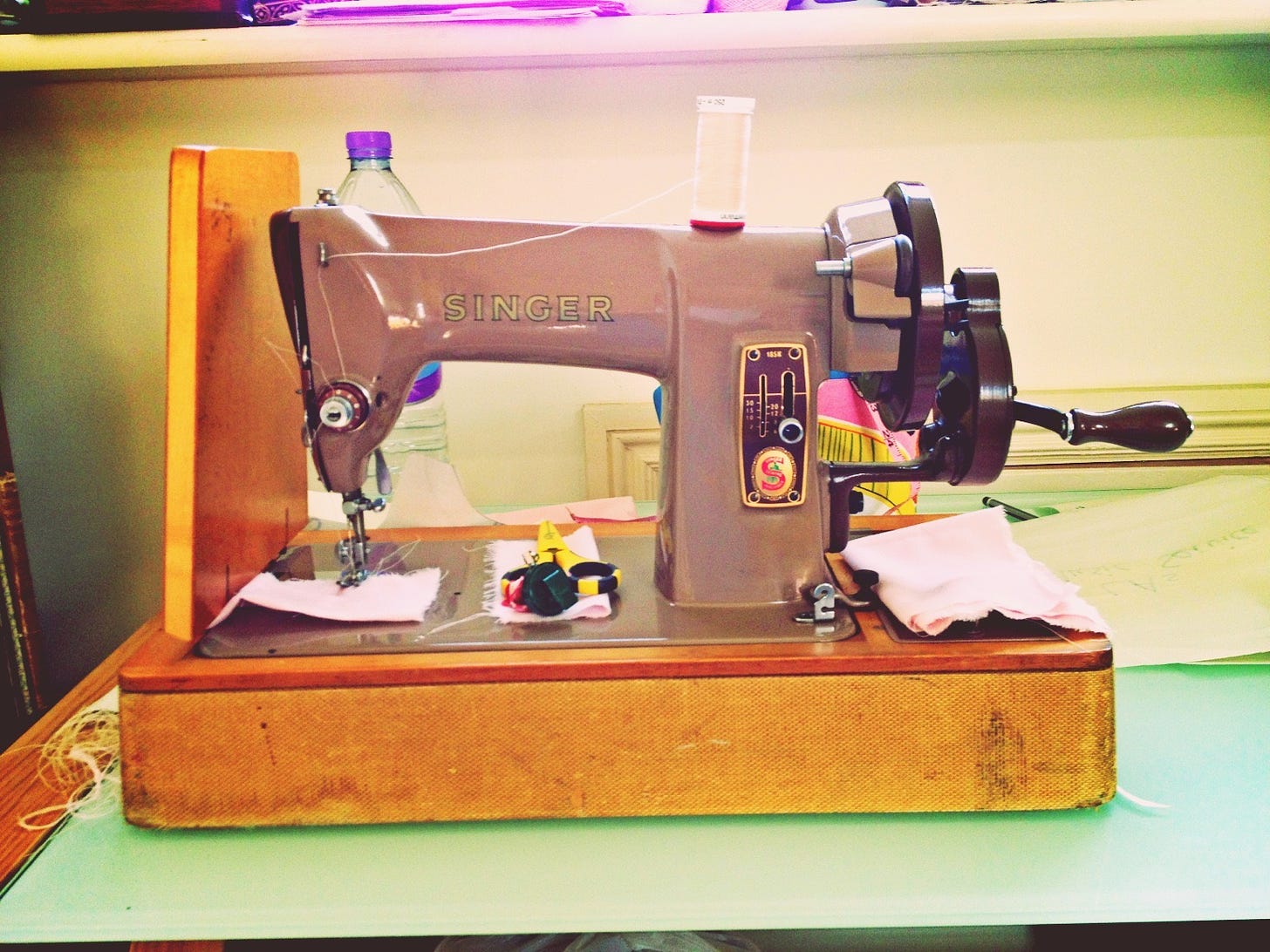
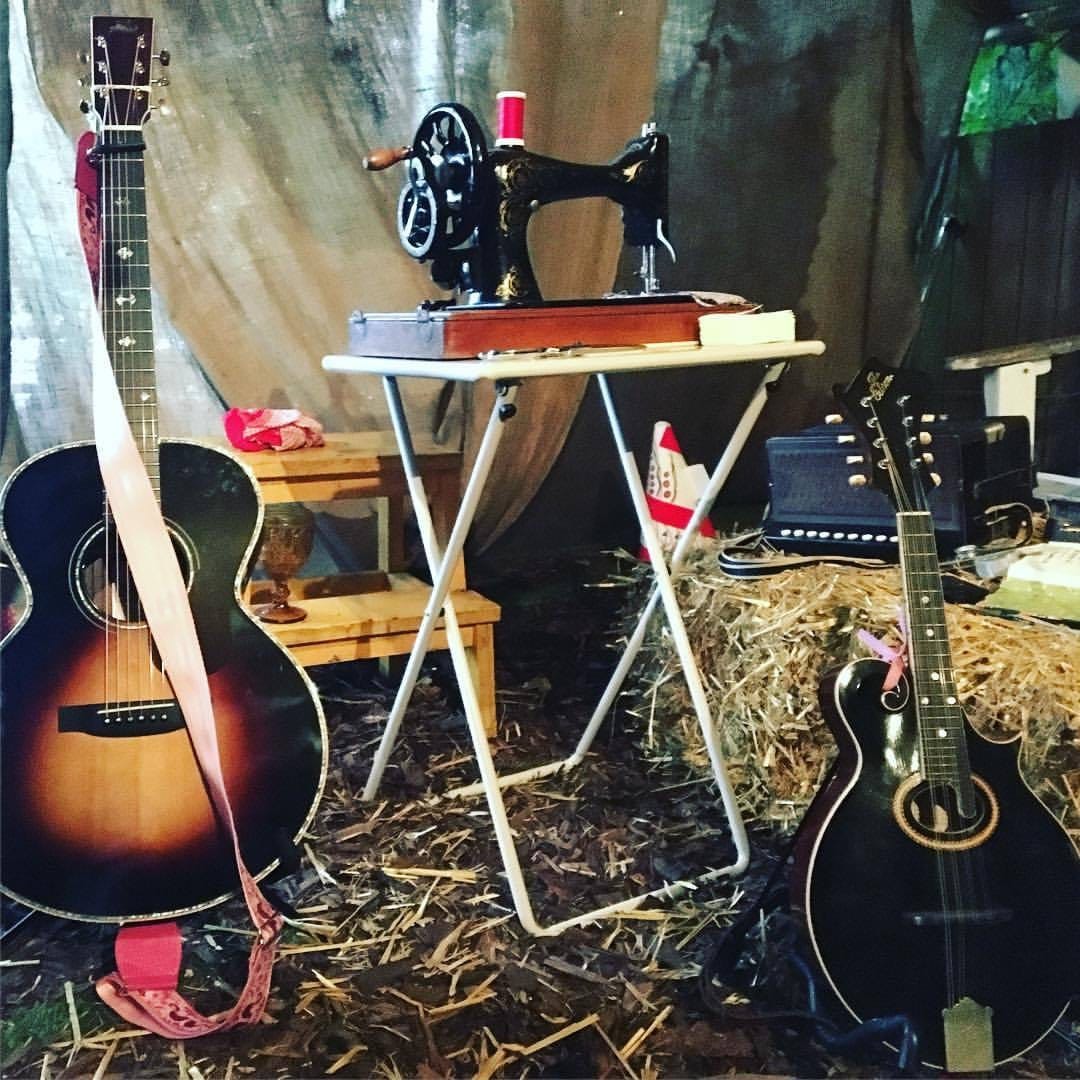
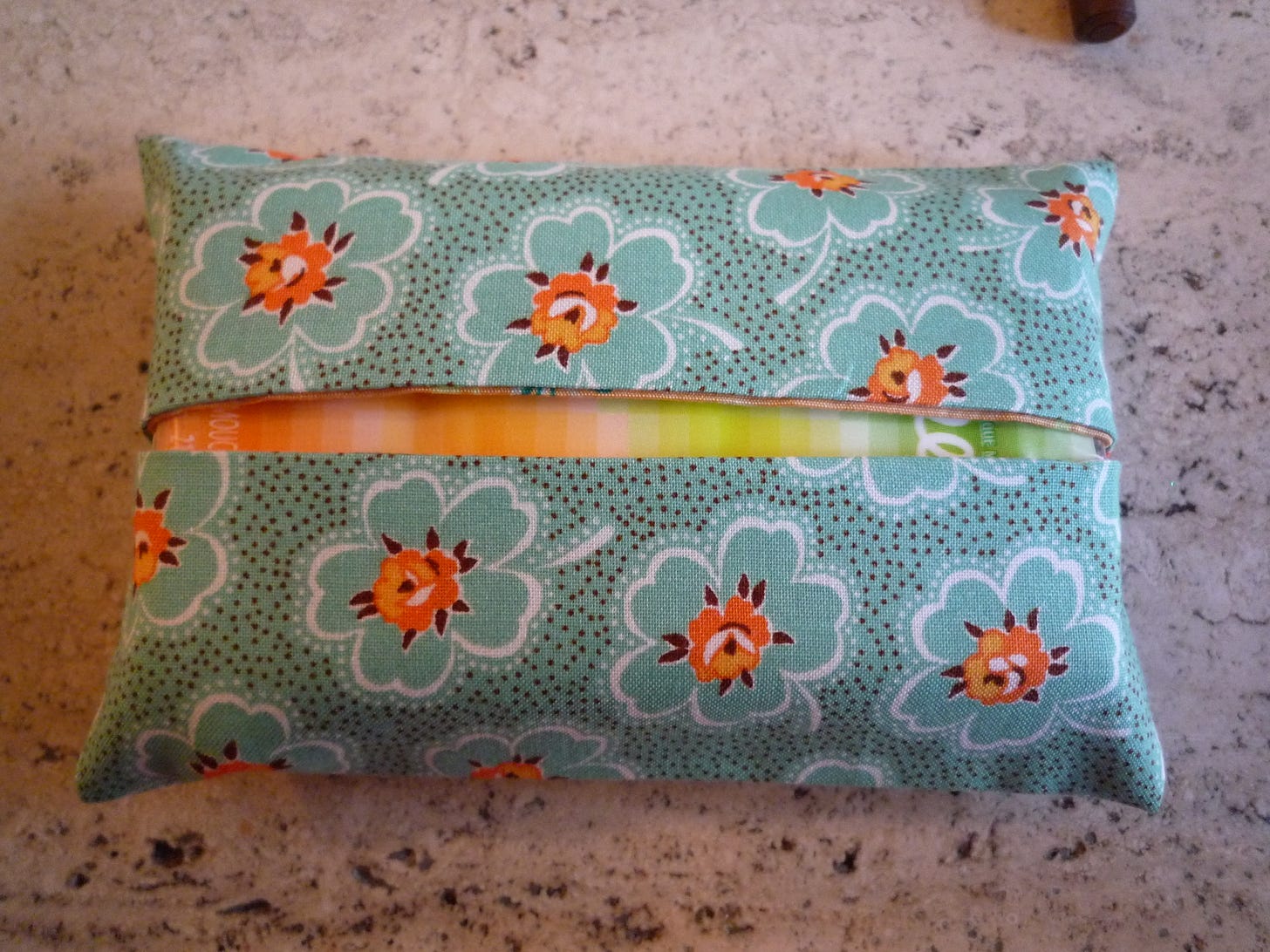
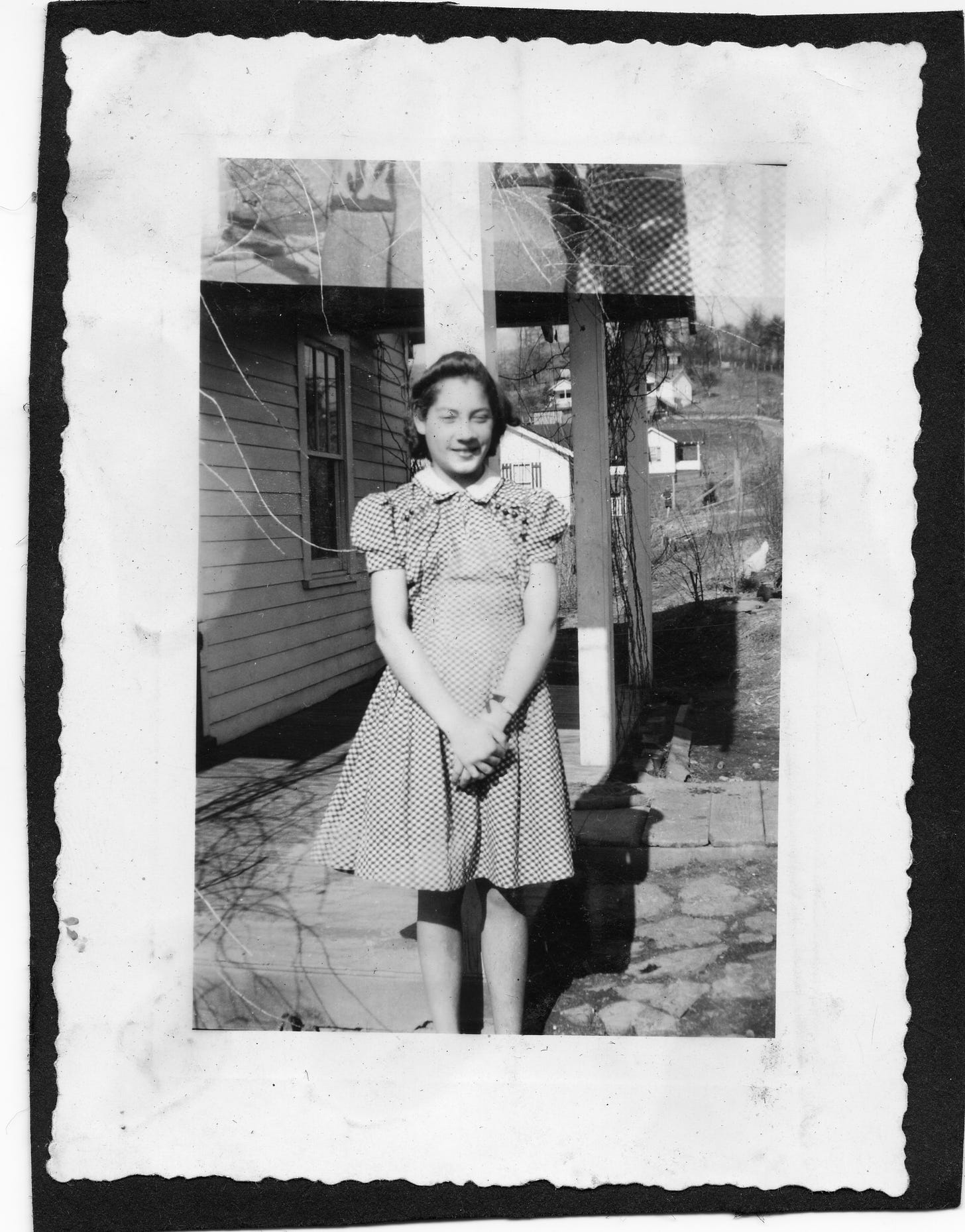
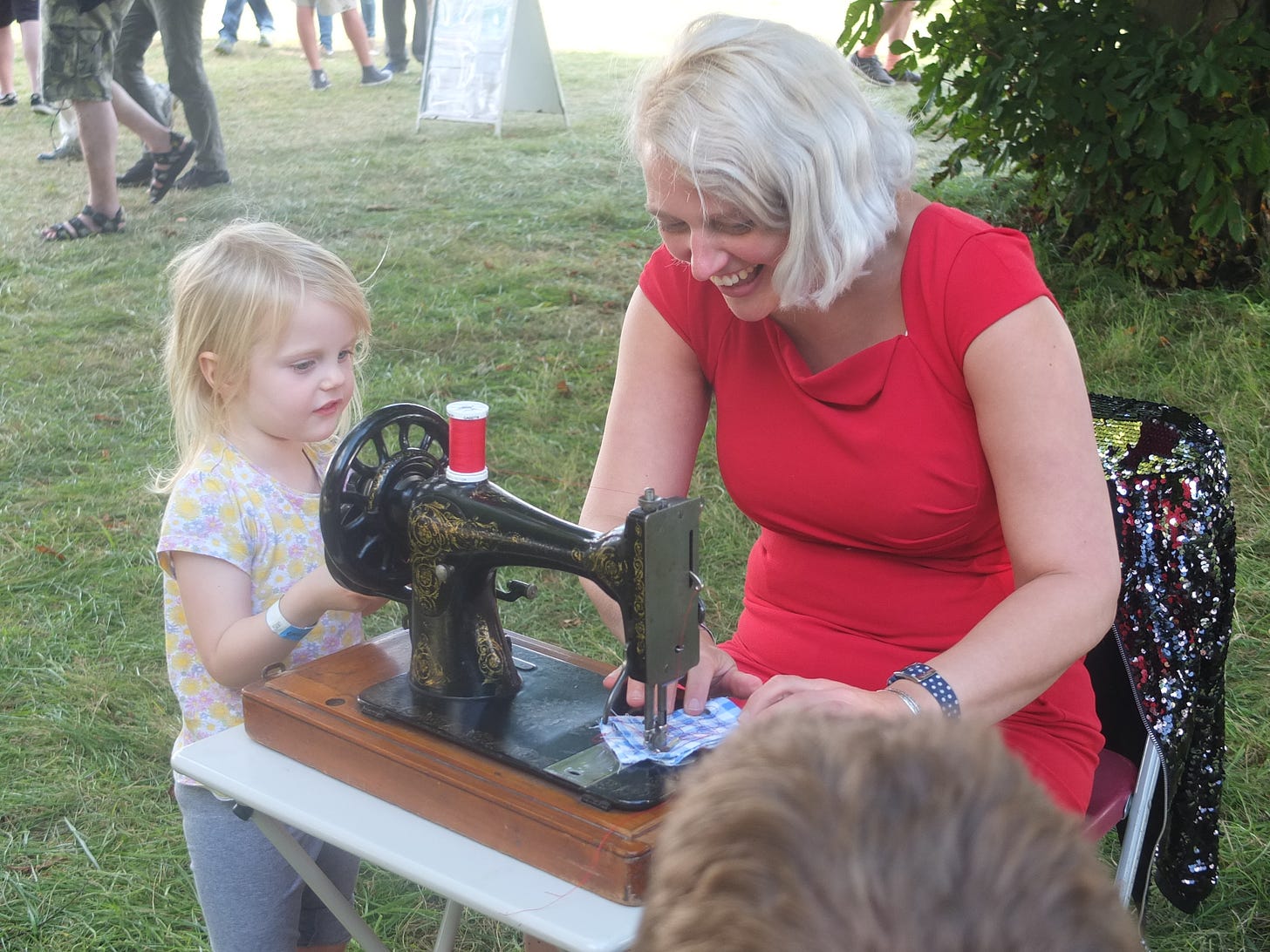
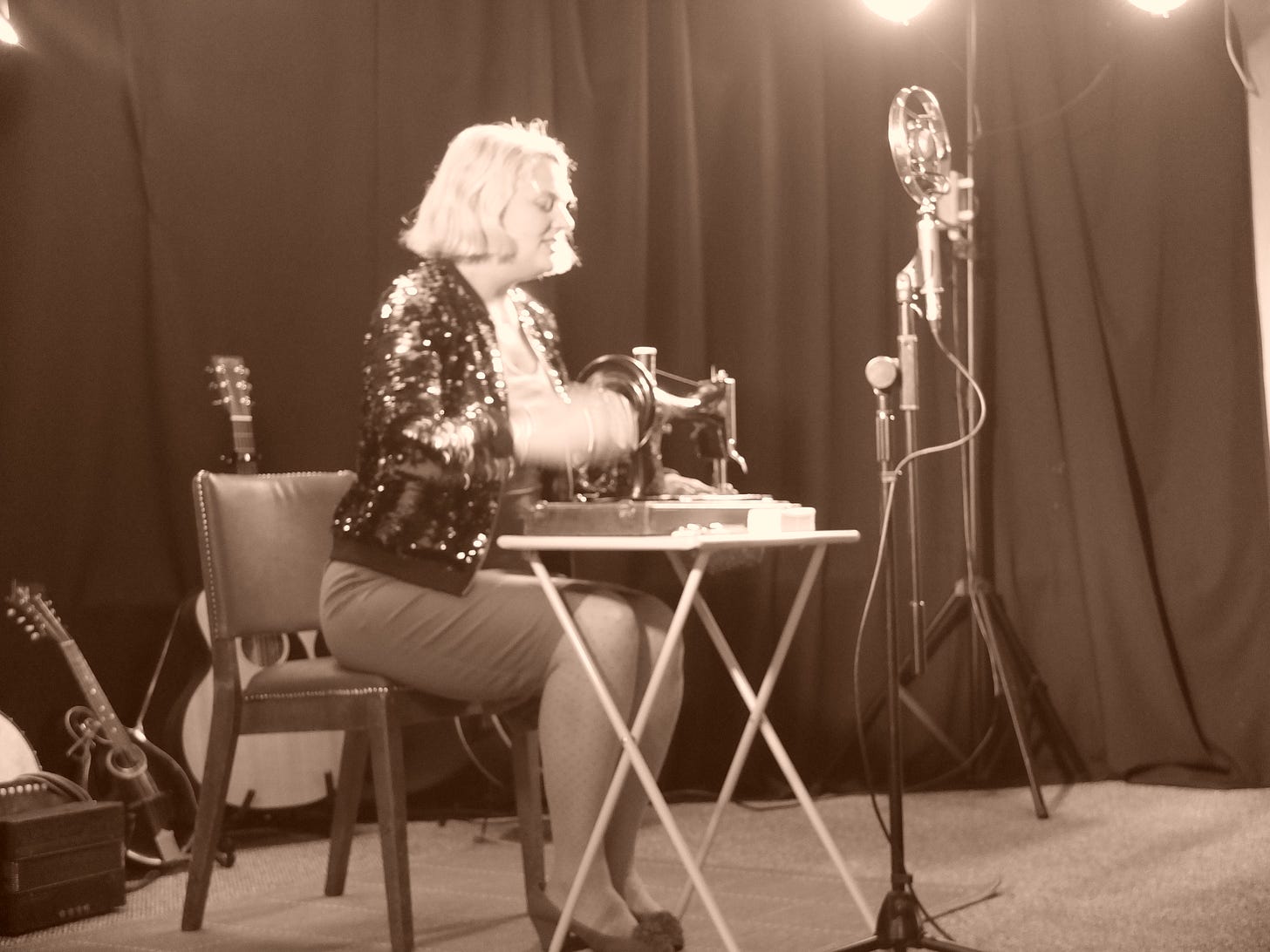



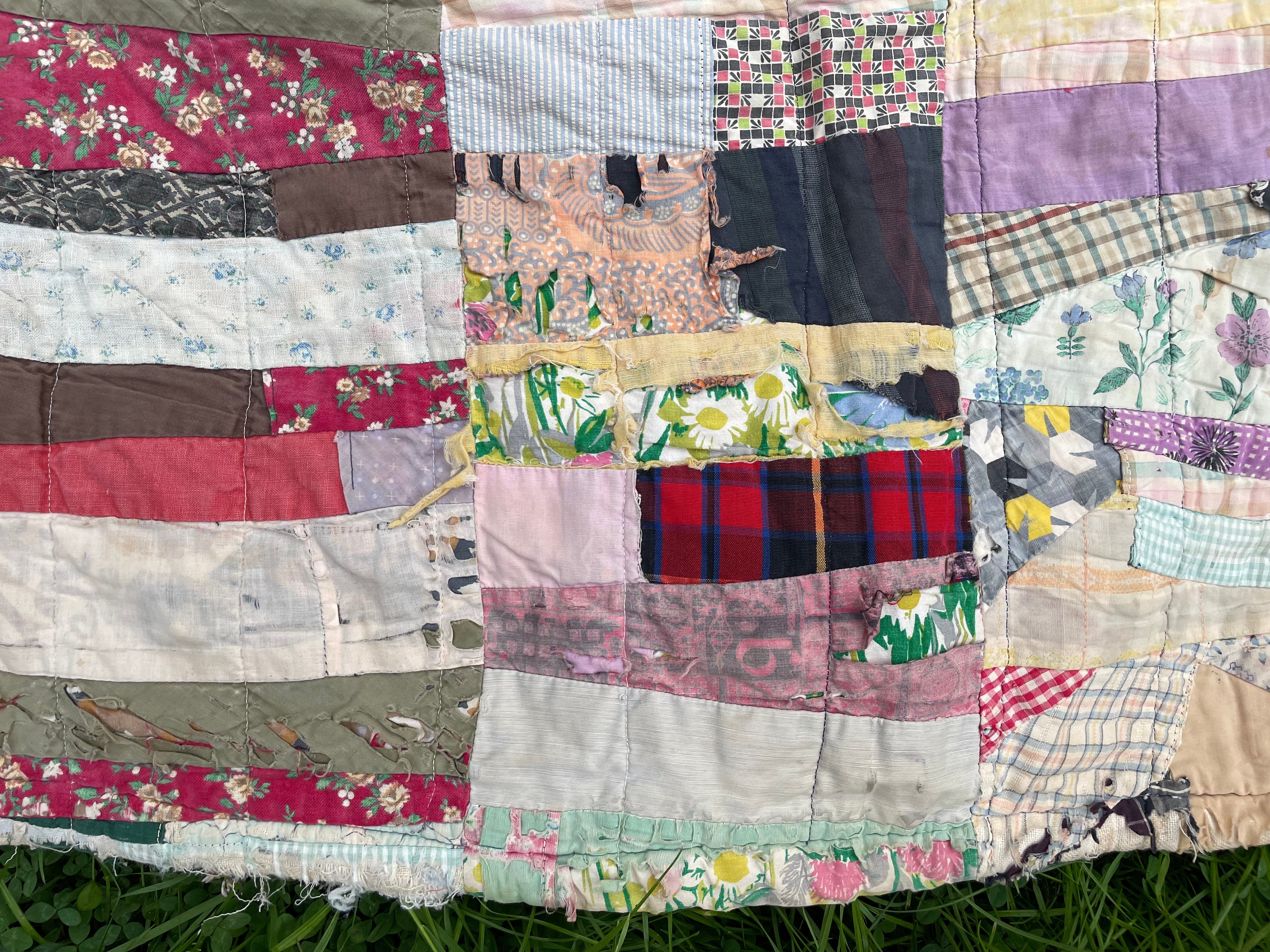
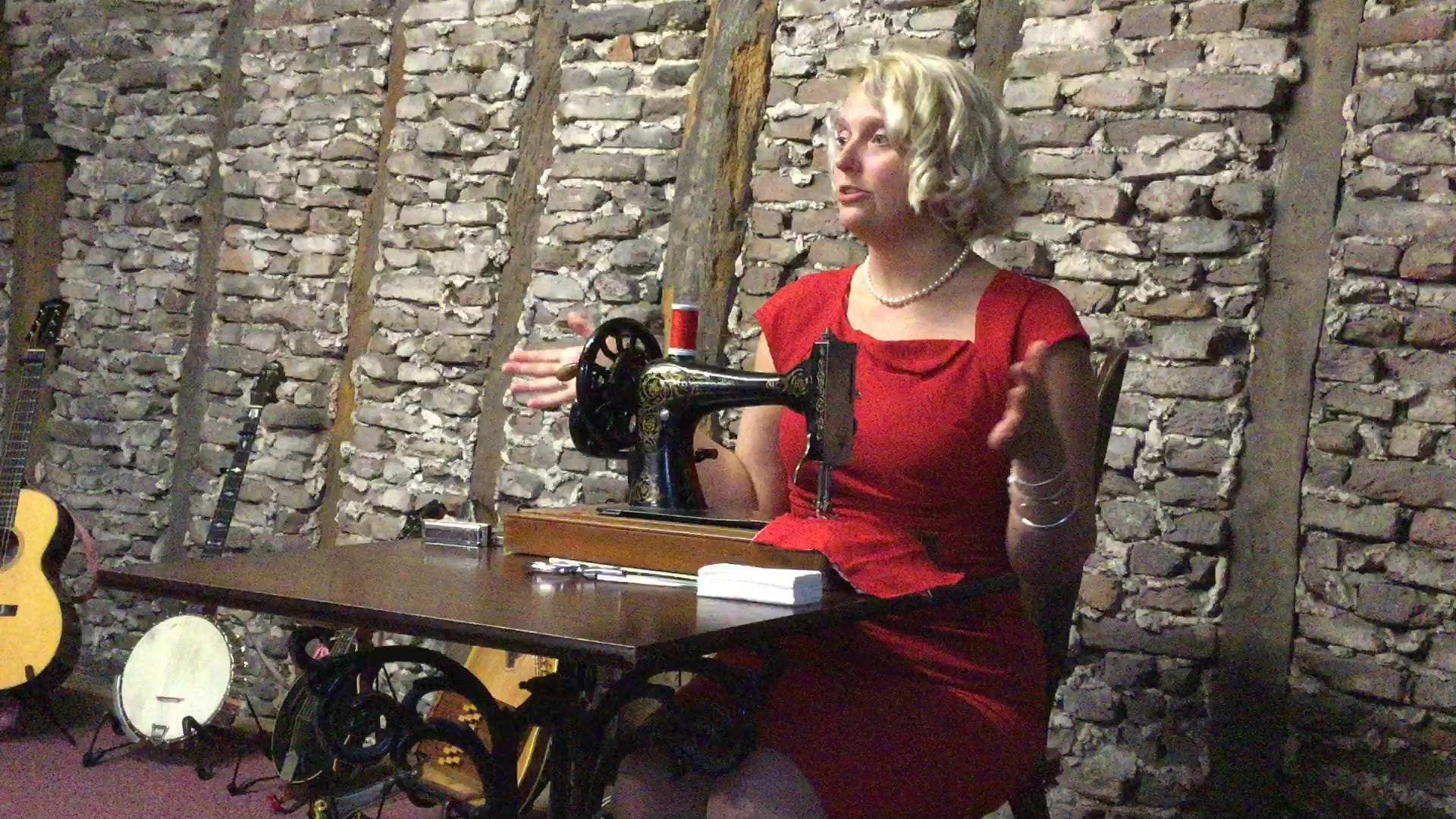

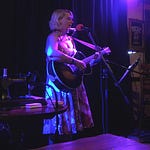

A Singer with her Singer